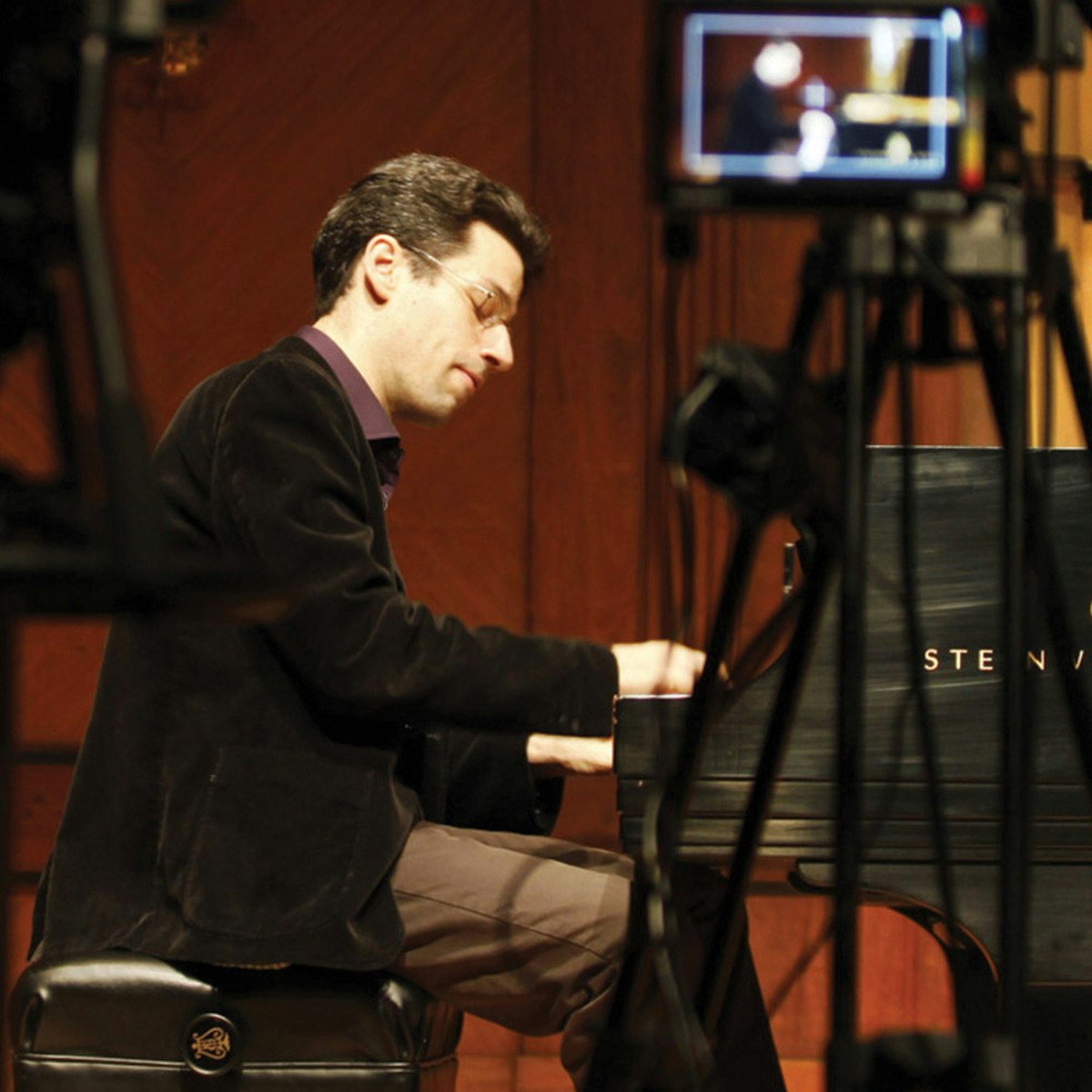Exploring Beethoven’s Piano Sonatas
Overview
Our relationship to Beethoven is a deep and paradoxical one. For many musicians, he represents a kind of holy grail: His music has an intensity, rigor, and profundity which keep us in its thrall, and it is perhaps unequalled in the interpretive, technical, and even spiritual challenges it poses to performers. At the same time, Beethoven’s music is casually familiar to millions of people who do not attend concerts or consider themselves musically inclined. Two hundred years after his death, he is everywhere in the culture, yet still represents its summit. This course takes an inside-out look at the 32 piano sonatas from the point of view of a performer. Each lecture will focus on one sonata and an aspect of Beethoven’s music exemplified by it. (These might include: the relationship between Beethoven the pianist and Beethoven the composer; the critical role improvisation plays in his highly structured music; his mixing of extremely refined music with rougher elements; and the often surprising ways in which the events of his life influenced his compositional process and the character of the music he was writing.) The course will feature some analysis and historical background, but its perspective is that of a player, not a musicologist. Its main aim is to explore and demystify the work of the performer, even while embracing the eternal mystery of Beethoven’s music itself. This season's Curtis courses are sponsored by Linda Richardson in loving memory of her husband, Dr. Paul Richardson. The Dolfinger-McMahon Foundation supports Curtis's lifelong learning initiatives.
